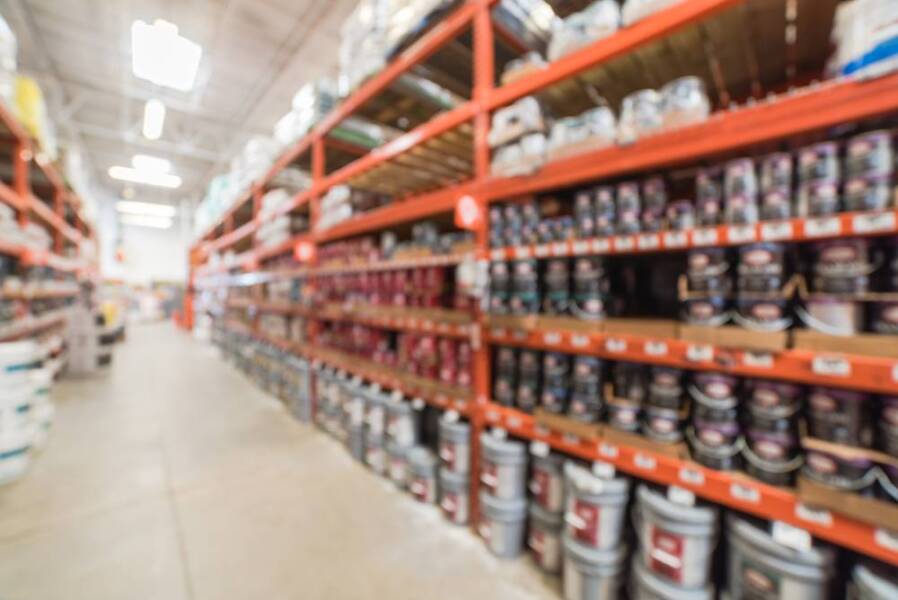Most everything you have is made from common manufacturing materials like metal, polymers and wood. When these materials are not in use, they have to be stored until the manufacturer is ready for them. Unfortunately, many of these materials cannot be put on a shelf indefinitely.
Here are three of the most common manufacturing materials and how to safely store them.
Metal
Metal is a tricky material to store because each type of metal and metal alloy has a different tolerance to temperature and humidity. Further, if the metal you’re using will be part of the finish of a product, like chrome, it’s critical to store it in such a way as to reduce cracks and scratches. For the most part, metal should be stored in a cool, but not freezing, place with a low-humidity level. However, the tolerated humidity level will change based on the product. Some examples of manufacturing metals and their humidity temperatures are:
- Copper: 35% humidity or less.
- Iron: 35% humidity or less.
- Chrome: As low as possible to prevent corrosion.
Polymers
Polymers come in a variety of materials like rubber, elastic and plastic. They are extremely susceptible to contaminants, so failing to appropriately store these products can result in faulty manufacturing materials, which can end in costly recalls and liability suits.
Being careful and intentional about the care of polymers is the best way to ensure that these materials are ready when you are. One example of a polymer that is critical for manufacturing is the fluorcarbon o-ring, which is considered an ideal universal seal. These o-rings are particularly vulnerable to heat over 120 degree and ozone exposure, which can result in cracking and brittle manufacturing parts. The best way to prevent ozone exposure is to avoid ultraviolet light and fluorescent bulbs.
Here are some frequently used polymers and how to store them:
- Nylon should be stored in a plastic bag with a silica gel to keep moisture away.
- Polycarbonate should be stored with a plastic protective film over top of it, and should never be stored near sunlight or around any other heat sources.
- Thermoplastic polymers should be kept in a cool and dry environment to prevent the material from degrading. Heat should only be added when trying to manipulate the material.
Wood
Wood can be one of the most difficult manufacturing materials to store for two main reasons: water and insects. The best way to prevent insect damage is to store your wood on shelves, off the floor and out of dirt; additionally, appropriately insulated structures can help reduce the likelihood of insect damage.
It’s critical that wood not be left near water, this includes leaning on or near water pipes, because the wood will want to absorb as much moisture as it can. Moisture in wood can lead to rotten and spoiled materials. Keeping wood in a cool (not freezing to prevent brittle and cracked product) and dry place will preserve the wood until you’re ready to use it.
Store Your Manufacturing Materials the Right Way
It will take some practice to develop appropriate storage methods for all the products you’ll need in your manufacturing process. Learning to store them by following the guidance provided is one of the best ways to perfect your manufacturing storage processes.

Ingrid Maldine is a business writer, editor and management consultant with extensive experience writing and consulting for both start-ups and long established companies. She has ten years management and leadership experience gained at BSkyB in London and Viva Travel Guides in Quito, Ecuador, giving her a depth of insight into innovation in international business. With an MBA from the University of Hull and many years of experience running her own business consultancy, Ingrid’s background allows her to connect with a diverse range of clients, including cutting edge technology and web-based start-ups but also multinationals in need of assistance. Ingrid has played a defining role in shaping organizational strategy for a wide range of different organizations, including for-profit, NGOs and charities. Ingrid has also served on the Board of Directors for the South American Explorers Club in Quito, Ecuador.









































